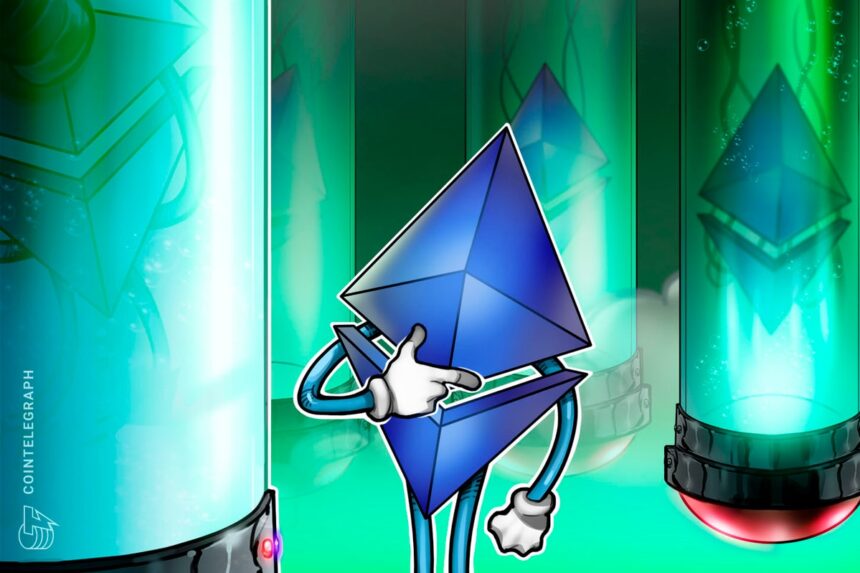Ethereum developers are working to improve blockchain’s interoperability with two new tokens standards: ERC-7930 and ERC-7828.
“There is no standard form of wallets, applications or protocols to interpret or show this information,” the Decentralized Ecosystem Development Organization (DEFI) Ecosystem Development Organization Wonderland wrote in a May 1 publication. Wallets, decentralized applications (DAPPS), block explorers and smart contracts follow different rules.
“The result? A messy and inconsistent experience that breaks the UX cross chain,” Wonderland said.
Wonderland is a group of developers, researchers and data scientists focused on improving the Ethereum Defi ecosystem. The organization was associated with multiple Defi protocols, including Optimism, Aztec, Connext and Yearn.
In the publication, the organization shared what was discussed in a recent interoperability work call from the Ethereum Foundation. Wonderland Teddy explained that the current objective is to finish both Token standards within the next two weeks. Hey added:
“We need comments on the Eth-Magician forum.”
Related: Vitalik Buterin’s vision for Ethereum: Pin, Glamsterdam and beyond
Something for people, something for bots
Wonderland explained that “ERC-7930 defines a compact binary format for interoperable addresses.” This format is friendly to the machine and optimized for protocols that require a unique representation for all block chains.
ERC-7828 that standard expands “by adding a layer ready for humans, using formats such as the@chain address, ensuring that everything is kept clear and simple for users.” Together, the two are designed to improve the experience of using the Ethereum Inter-Blockchain ecosystem.
“The target audience for ERC-7828 is anything that interacts with humans … is the text layer,” said Teddy Duration The Call.
Related: Ethereum Fusaka Hard fork programmed by the end of 2025
Many chains, an address
In a nutshell, the proposed system would allow the sender to specify the destination block chain by sending a payment address. This would include both a management format@chain legible by humans and a readable format for the machine for application programming interfaces.
The configuration prevents users from sending or receiving assets in the incorrect block chain, which helps prevent cryptographic losses. Currently, the same direction can be used in multiple blockchains inside the Ethereum ecosystem, which can lead to confusion.
With the new configuration, the wallet operation can be Blockchain agenic, and the address entry into the user interface will also determine in which blockchain the transaction is directed. This, in turn, would reduce friction, since users currently need to change the networks in the configuration of the wallet to move from one chain to another.
Magazine: Ethereum L2s will be interoperable ‘in a matter of months’: full guide




